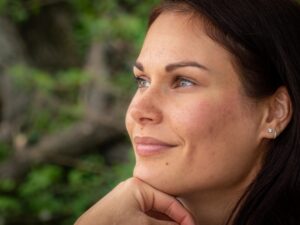I love Small Sensor Photography. I think most hobby shooters – like myself – mask lousy composition with shallow depth of field. There’s virtually no chance for that with a 1/2.3″ sensor. You’re forced to think about your frame a little more.
I love Small Sensor Photography. It keeps me sane about manual controls. Unless you’re on a DSLR-sized bridge, you are already at f/20 in 35mm equivalency wide open! Since there’s no point of playing with aperture or shutter, you migh very well leave your camera on auto (or Program) – you will spend your mental mojo on your frame, not the exposure triangle.
I love Small Sensor Photography. A 30x-zoom lens fits into your pocket. You have framing options beyond your needs, which really makes you think about your frame.
I love Small Sensor Photography. Since you have very little margin when it comes to exposure, you really have to think about light.
I hate Small Sensor Photography. Even a midrange smartphone beats a point-and-shoot thanks to computational photography. Less noise, vastly improved dynamic range and colors in an even more more pocketable form.
I hate Small Sensor Photography. Since you’re left with auto as your best bet, most of your images have the same look and feel.
I hate Small Sensor Photography. Thanks to compact camera design, very little light will hit your sensor, so your camera works best in strong (read harsh) light. It’s like baking pizza for your loved ones from quick-frozen ingredients – you’re already at a disatvantage when you start off.
That’s four loves, three hates, and that’s just about right intuitively, although the most likely reason I still use them is snobbery: it’s still at least an actual camera.
Today I took my Panasonic DMC-TZ71 to a motorcycle ride in my pocket (try doing that with an ILC), and attempted to shoot a few portraits of my love. Everything was shot in RAW at max res (12MP for this camera), Program Mode, and processed to taste in Lightroom.
Let’s look at the results!
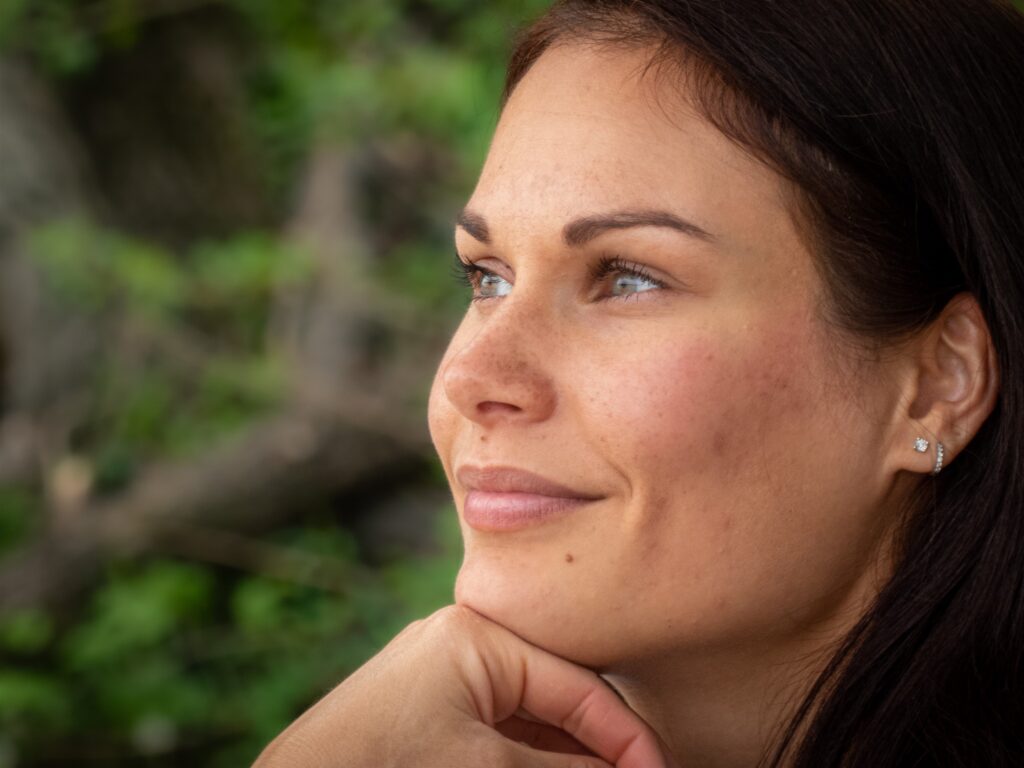
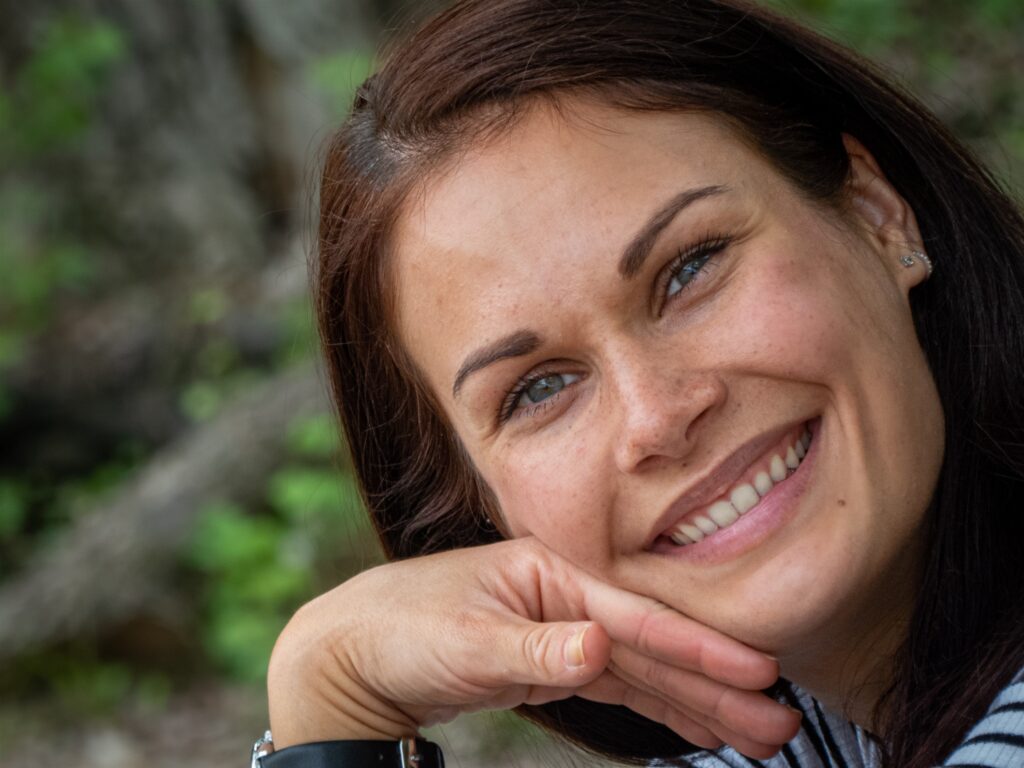
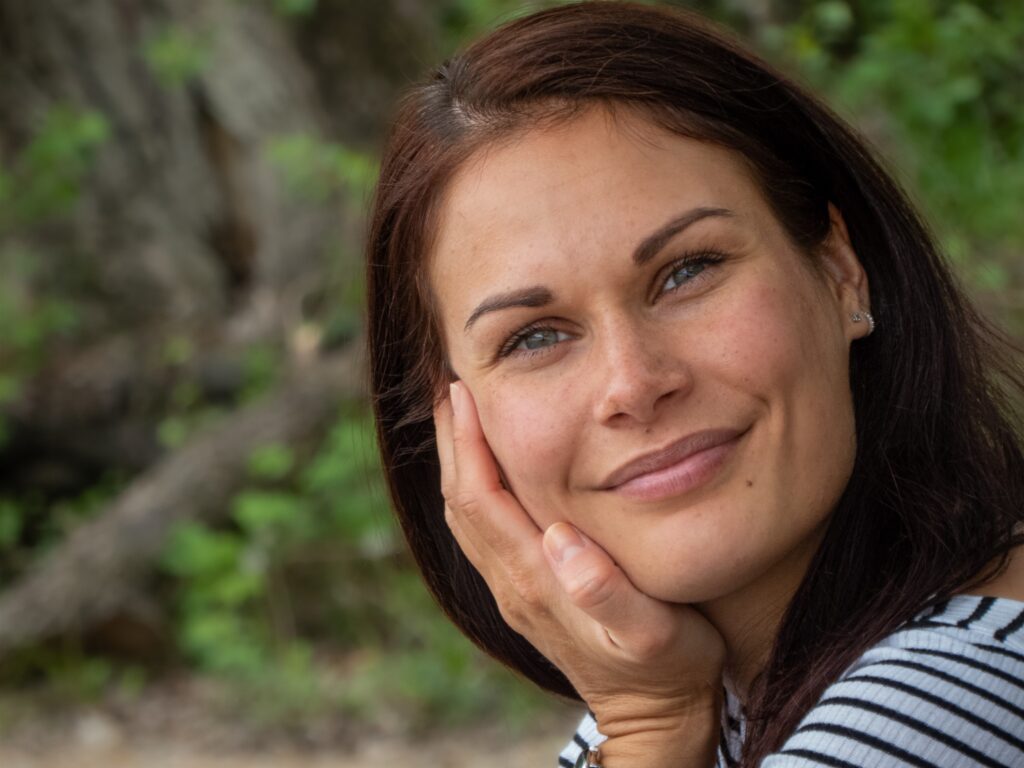
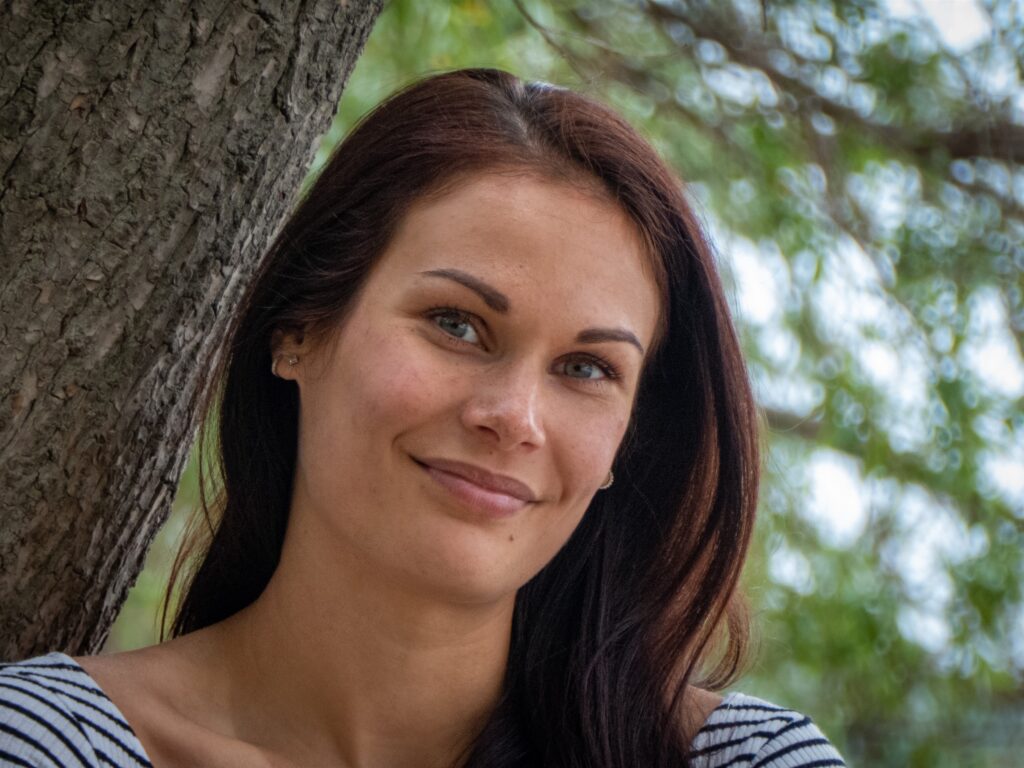
Edits included tone, white balance, some sharpening and skin softening. Overall I think they’re okay portraits, but not great. Some implications of using small sensors: I had to really fill the frame with my subject, to give some sense of detail – you won’t see the hair of my girlfriend, which works for pic1, but not really for pic2 & pic3. Fortunately light was relatively soft, but it lead to ISO levels of 200 and beyond. Luckily, this Panny has a 12MP sensor, so I could go beyond 100, but you already see plenty of grain at ISO 320 – no wonder, it’s ISO 9600 in full frame terms! And this is a 12MP sensor, which is not overly dense for a 1/2.3 incher! What strikes however is that we’re at f/30+ when it comes to full-frame terms. Thankfully I can offset that with zooming and get decent subject isolation – I’d be at 700mm+ for full frame with the last image!
Now let’s do another exercise: compare the out-of-camera JPEGs with the edited images (right-click and open in a new tab for better comparisons). Even though Panasonic has probably the best JPEG-engine for smaller sensors, edits can still go a long way: plenty of dynamic range and detail can be recovered. Note that some detail was deliberately sacrificed for a smoother skin.
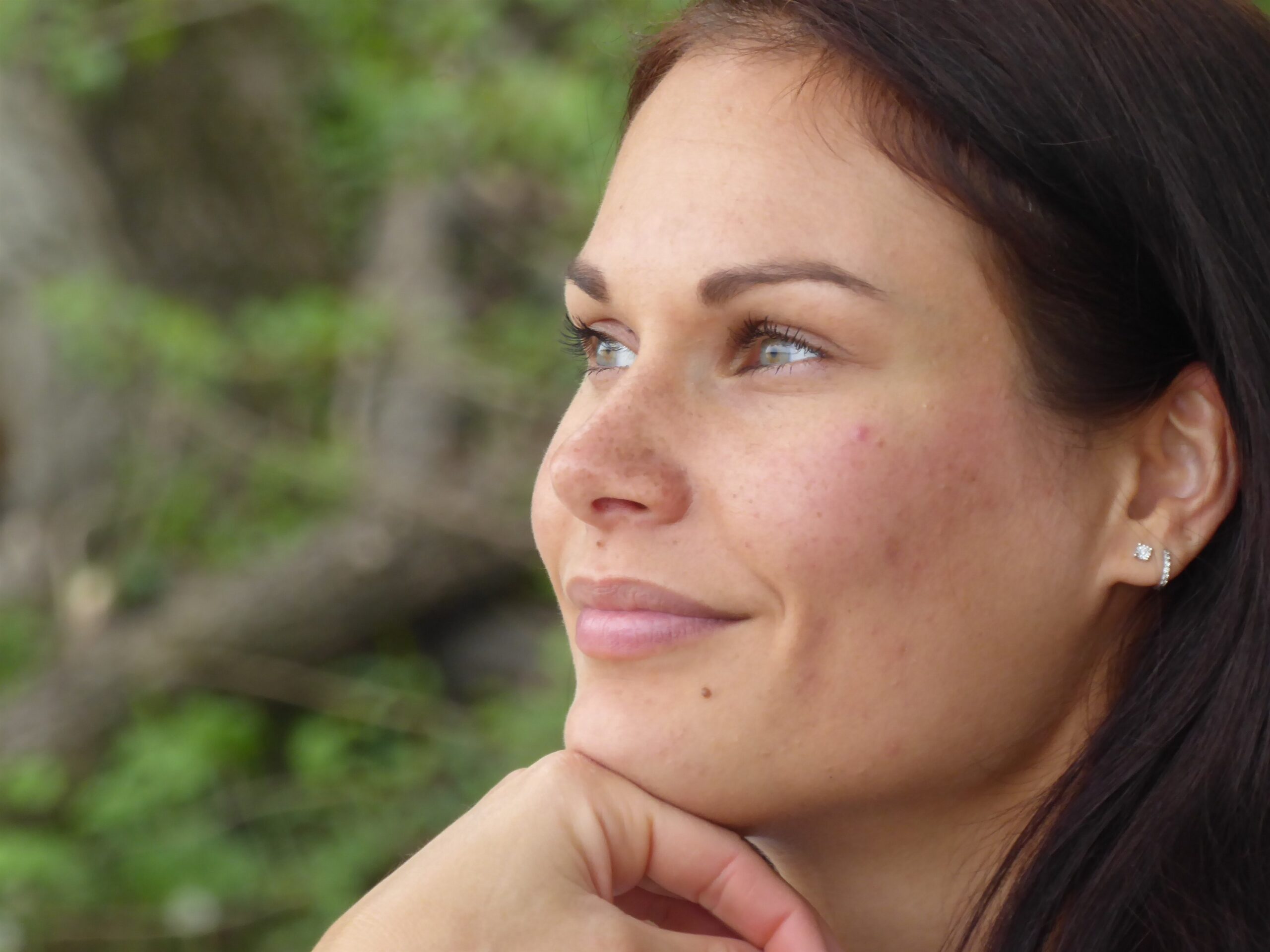
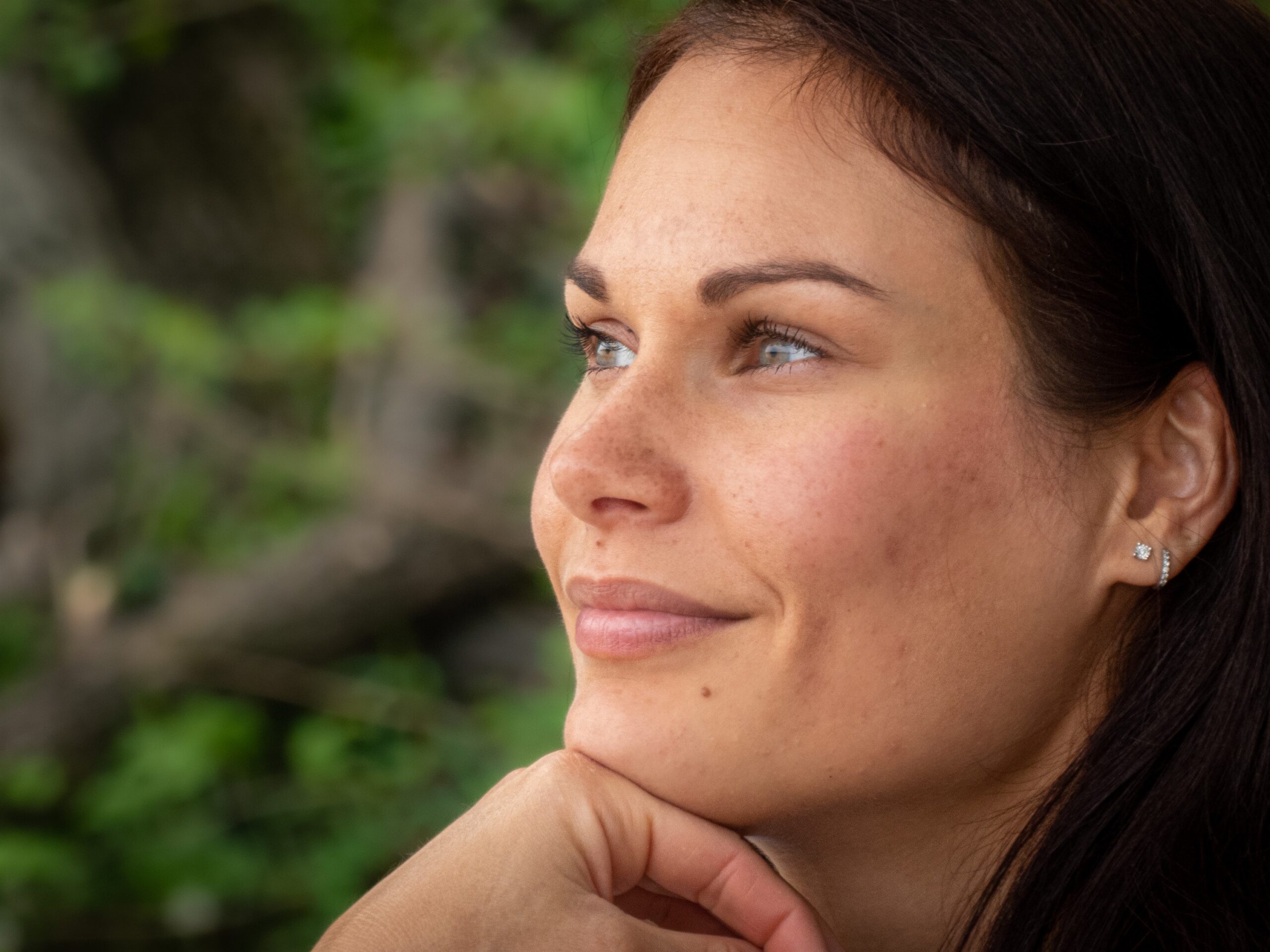
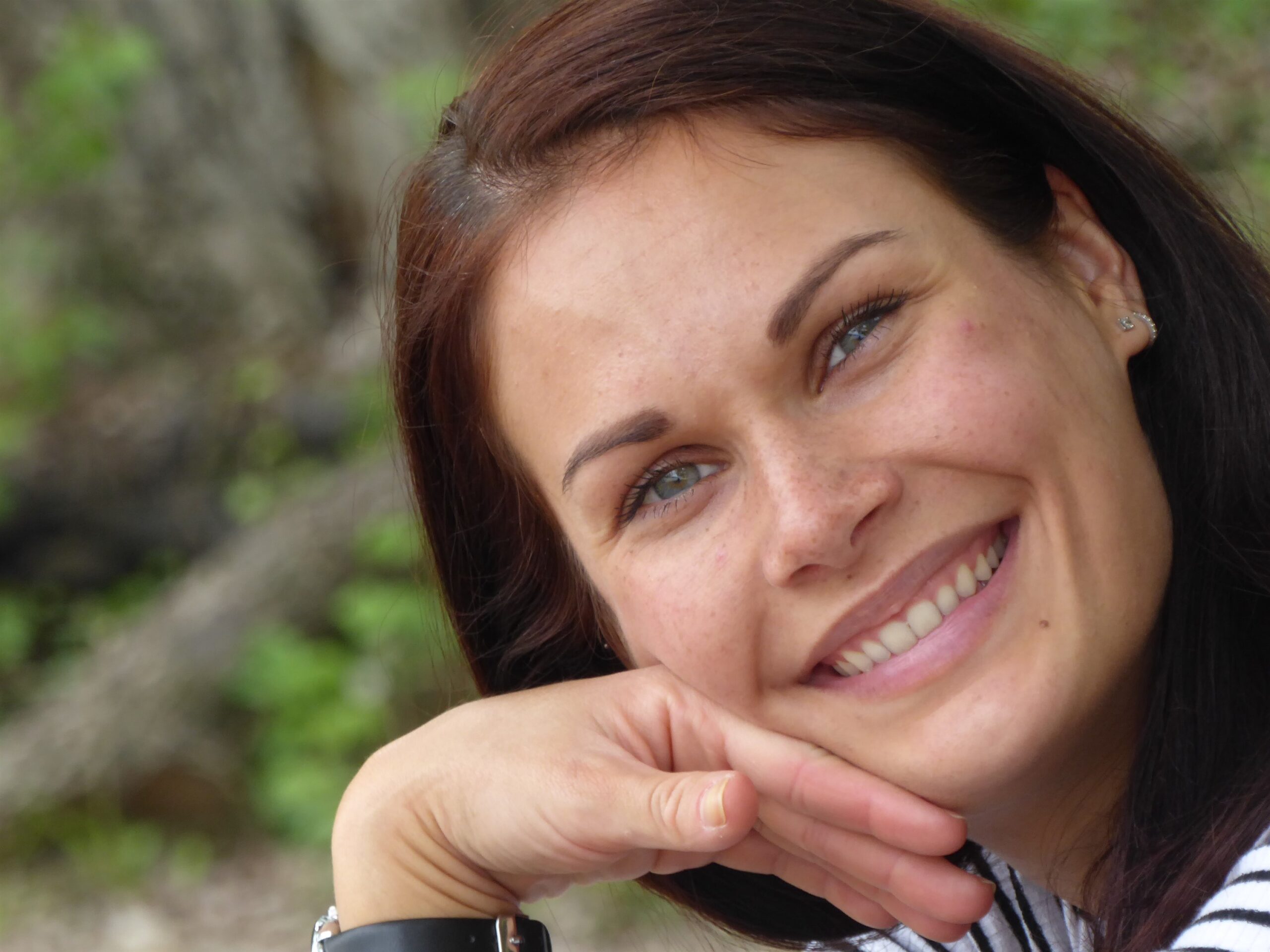
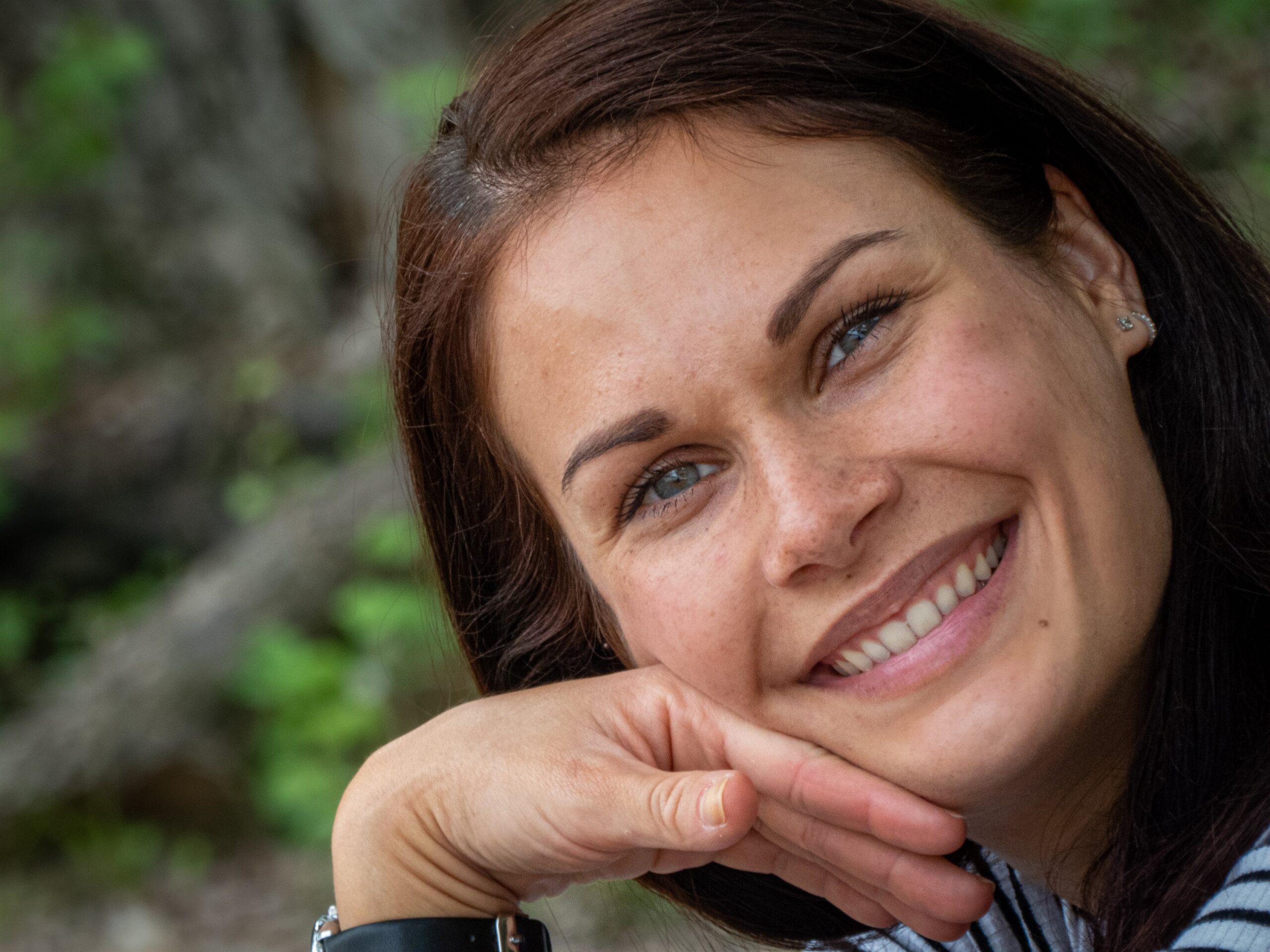
I’d conclude with two remarks: okay portraits are at least possible with a small sensor camera. And yes, RAW editing can make a difference even with these minuscule sensors.
